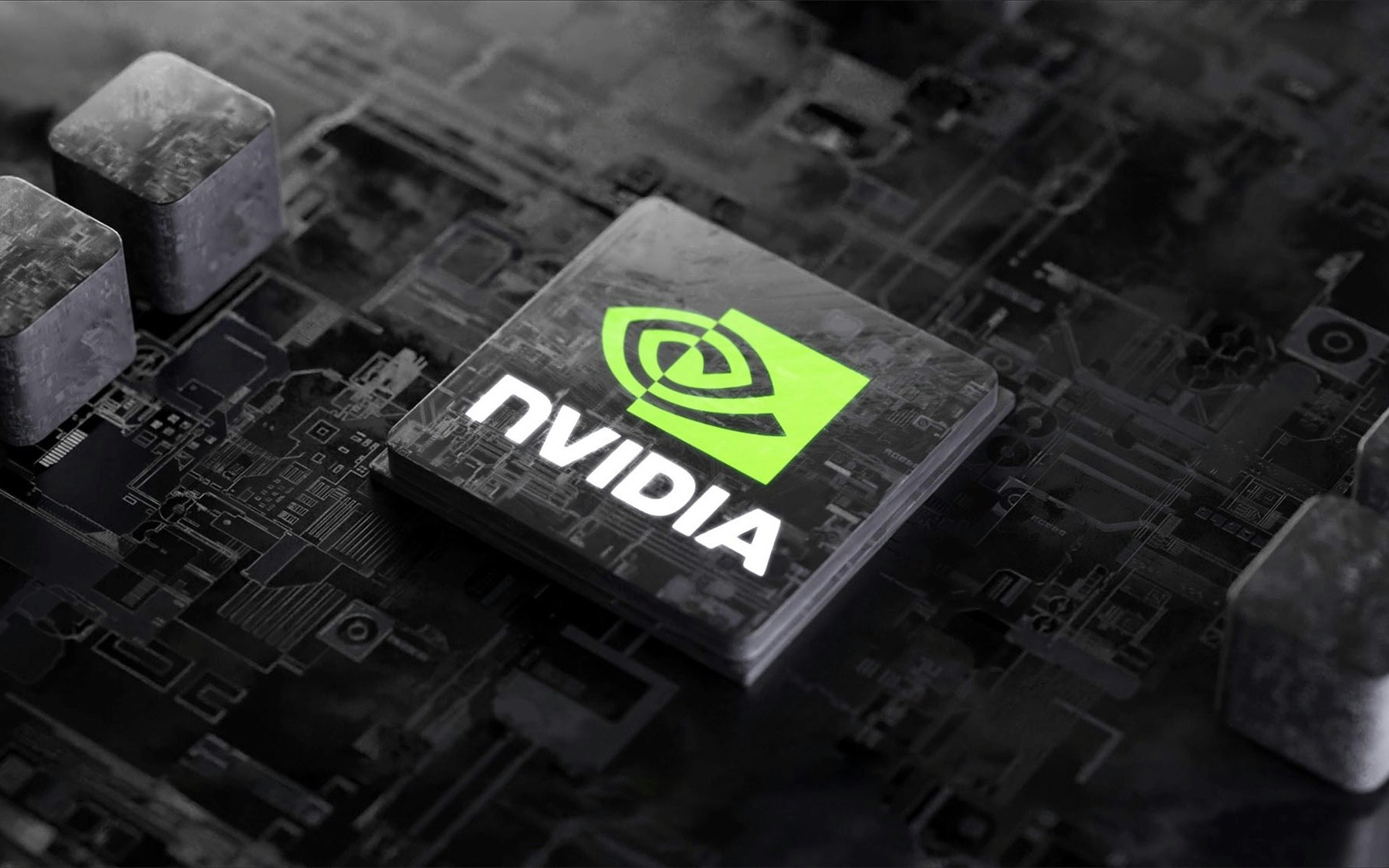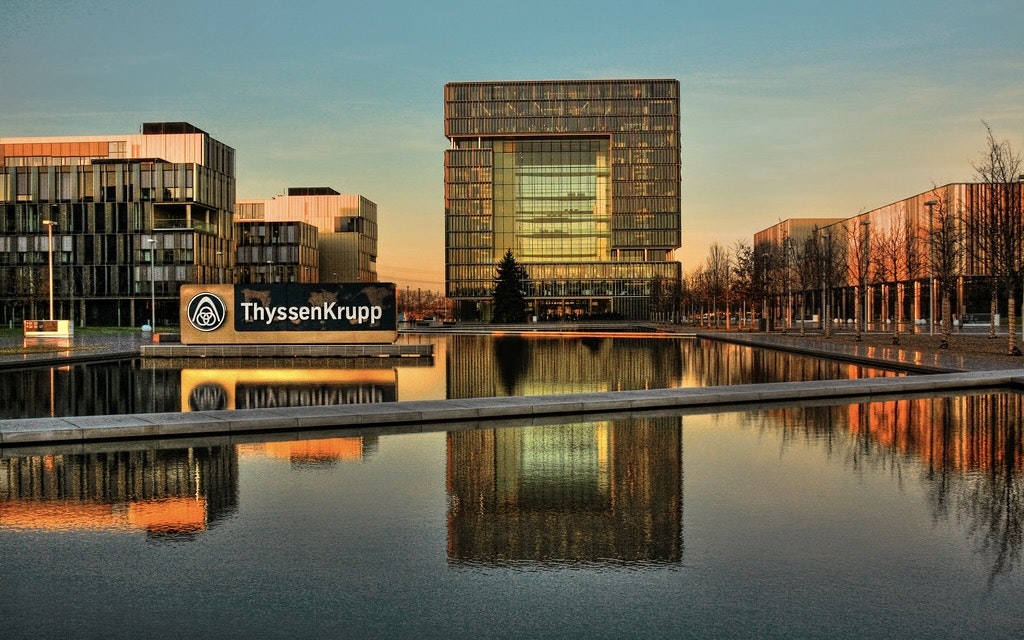Markets
Nvidia's Surge Fuels Speculations About a Bubble
Since October 2022, the shares of NVIDIA have increased by more than sevenfold – an extraordinary development.

Nvidia's shares have increased more than sevenfold since October 2022. The company's explosive growth has not only driven the stock market to new highs, but has also led some on Wall Street to utter the words "bubble formation." Enthusiastic demand for artificial intelligence has made Nvidia's chips a must-have in the market and turned the company into the hottest stock paper.
The stock price has more than octupled since October 14, 2022, making Nvidia the third most valuable company in the USA with a market capitalization of over 2 trillion US dollars. After the impeccable fourth-quarter report on February 21, the company's value increased by almost 280 billion US dollars in just two trading days. It took only 180 trading days for Nvidia's value to rise from 1 trillion to 2 trillion US dollars; meanwhile, both Apple and Microsoft took more than 500 trading days to reach this milestone.
In the process, Nvidia has become one of the favorite stocks among ordinary investors. According to FactSet, 54 out of 59 Wall Street analysts recommend buying the stock or have a positive verdict. Other chipmakers are also benefiting from this upswing. The PHLX Semiconductor Index has risen 18% this year. Advanced Micro Devices has gained 37%, while Lam Research and Broadcom each have risen by 25%. The Nasdaq Composite reached its first new high since 2021 on Thursday, while the S&P 500 has already recorded 15 record closes in 2024. Both indices have risen in 16 out of 18 weeks, bringing their gains this year to 8.4% and 7.7%, respectively.
The Young Growth Causes Some on Wall Street to Wonder Whether the Enthusiasm Is Turning Into a Classic Stock Market Bubble. "We're getting a lot of calls from clients about AI stocks," says Emerson Ham III, senior partner at Sound View Wealth Advisors, who has been recommending chip stocks to his clients since 2018. "When something is going too well, I get nervous. We're having conversations with clients about taking some of the cream off the top." Others were more blunt: "The current AI bubble is bigger than the tech bubble of the 1990s," Torsten Slok, chief economist at Apollo, wrote last week in a note to clients. Bulls and bears agree on one thing: Nvidia's rise comes with tremendous gains.
This distinguishes the enthusiasm for artificial intelligence from speculative manias of the recent past, such as cannabis or blockchain stocks. Last quarter, Nvidia made a profit of $12.29 billion, compared with $680 million in the three months to October 2022. In the meantime, gross profit margins increased from 53.6% to almost 76%. As a result, the stock price has actually become more affordable: According to FactSet, Nvidia is trading at 32 times expected earnings over the next 12 months. The average of the last two years is at 38 times. The price-earnings ratio of the S&P 500 is at 20.6. "We can't call it a speculative mania because it is trading at lower P/E ratios than a year ago.
Nvidia doesn't just talk about it, they also implement it," says Joseph Zappia, Principal and Co-President of the investment team at LVW Advisors. "All of this is happening in the context of a bull market. Investors are generally optimistic because prices are rising," he adds. Others doubt whether Nvidia can maintain its rapid growth pace. According to FactSet, analysts expect revenue of 107 billion US dollars for the fiscal year ending in January, compared to 60.9 billion US dollars last year.
They fear that demand for chips from large technology companies may not be sustained in the coming years. Nvidia said that nearly a fifth of last year's revenue could be attributed to one buyer. Others worry that new competition from other chip manufacturers will emerge, leading to fewer sales or lower margins. "I think people forget that this is a boom-and-bust business," says Fred Hickey, editor of the High-Tech Strategist. He is betting against Nvidia with long-term purchased put options, which he acquired after the quarterly report last month.
According to Dow Jones Market Data, Nvidia's shares have fallen by 50% or more on 14 separate occasions since the IPO in 1999. Most recently, the share price fell by 56% within two months in 2018 and within eight months ending in 2022. "There's a limit to profits at some point. They won't double every day; it just doesn't work that way," says Ham from Sound View. In addition to earnings, bulls are also paying attention to another crucial factor for Nvidia: the absence of new AI-based IPOs.
"I was there at Webvan, I was there at Pets.com," says Michael Sansoterra, Chief Investment Officer at Silvant Capital Management, which owns Nvidia shares. "And today, there's simply nothing comparable," he says, referring to two disastrous IPOs from the dotcom era. Few dare to stand against the company, despite the skepticism. According to NASDAQ data, just over 1% of publicly available shares are short sold.







